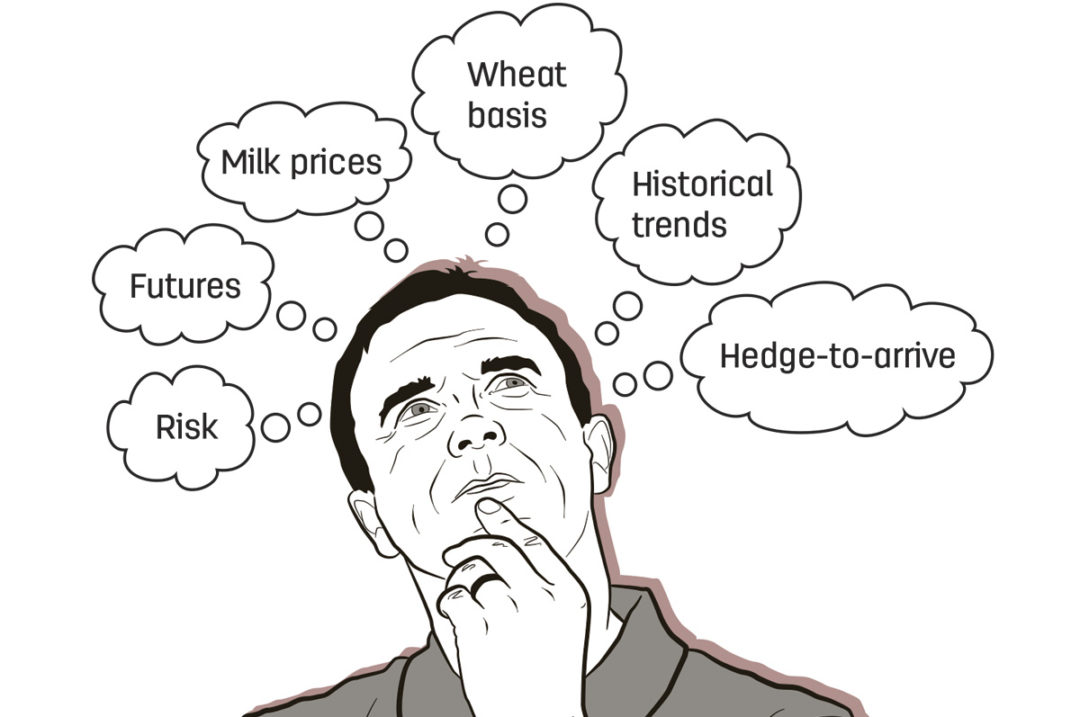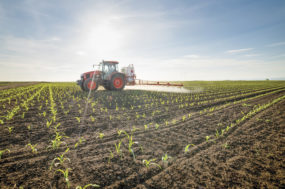Last month, we talked a little about the upcoming crop and how we would visit more on a marketing plan. Even though we are all busy with spring work, this is a great time of the year to get serious about when and how you are going to market your commodities.
Depending on where you are, you could very well be just a few weeks away from your first crop of alfalfa. Many producers may not want to show their emotions, but there is always some excitement in the air as we near cutting. There are questions to be asked, such as, "Do the dairies need hay quickly or do they have inventory to last them a few weeks or even months?" If you want my opinion as to if the hay market will trend higher, lower or remain somewhat steady, I believe it may be a little too early to answer that question constructively.
All things being equal, the market could be a little top-heavy, considering the direction other commodities may be headed. My opinion (for what that is worth) is that the market will trend lower once we begin the first crop. Milk prices are lower than the previous year, and even though dairies need hay, they may not be aggressive buyers.
Small grains have been at levels that helped you be profitable this past year. Producers may look at this and feel they left some money on the table by selling too soon, while others are thinking just the opposite. When it comes to marketing, we never know just how good of a job we did until we are able to look back. This is why it is so important for us to study the market, look at the fundamentals and track the technical indicators.
I have visited with a fair number of producers that have indicated the markets have changed, and we can’t put much stock in the historical charts. However, to be blunt, studying historical trends and movements has never been an exact science, but they are very good at giving us some insight into the potential movement in the futures market.
When I say that studying historical trends isn’t an exact science, that is correct. Historically, I can say that Chicago wheat will peak the last week in May, then trend sharply lower into harvest. Now, what this really means is that for a few years, it topped out the second week in May, and during other years, this happened the second week in June. These variable dates come together to give us an average, which tells us it typically peaks the last week in May.
Knowing this, we need to watch the futures market to see if it is trending higher during March and April. Now, if the trend is in place, you should look at just how far the trend has moved higher and then look at the news to see what will keep it moving in that direction. Remember, you are making your decision based on what you know. You may not be trying to capture the last few cents of a move higher, but rather, look at how much the market has already given you during the move.
Next, you look at the basis level for the month you want to deliver your wheat. The basis at harvest is generally at the low end of the seasonal move. So now the question to ask is, "Do I want to price my wheat at a low basis or wait a few months to see if the basis will strengthen?" If you decide to wait, you can lock in the futures side of your price equation using futures in your personal futures trading account, options on the futures (also using your personal account) or a hedge-to-arrive contract with your local grain company or flour mill.
When used properly, any of these strategies will work well. However, none of them are perfect, and all three of them will need to be managed. You need to weigh the risk involved, just as you need to weigh the risk involved in simply waiting until you have the crop harvested before making your marketing decision.
Whatever you decide to do, don’t make your marketing plan based on what you hope will happen but, instead, base your plan on what you have studied and learned.






